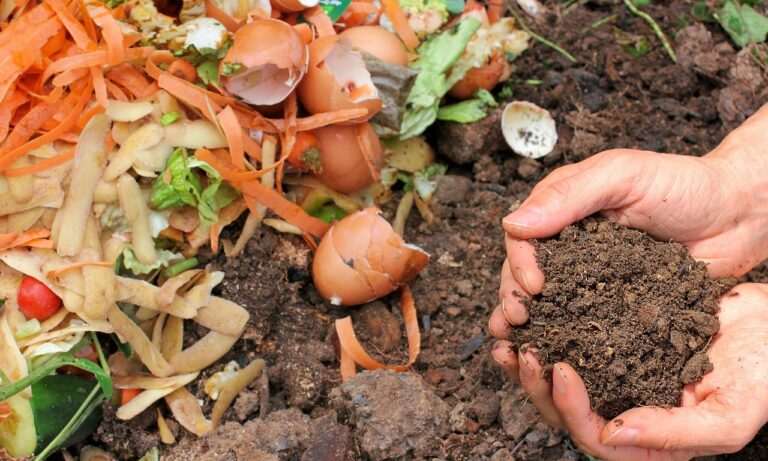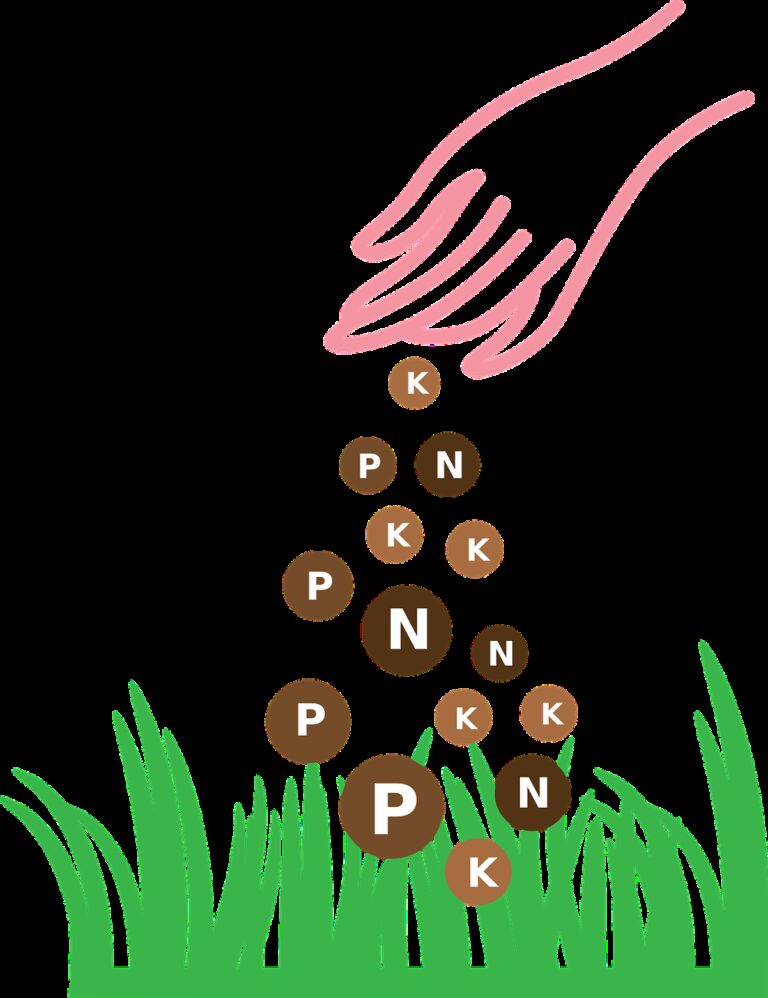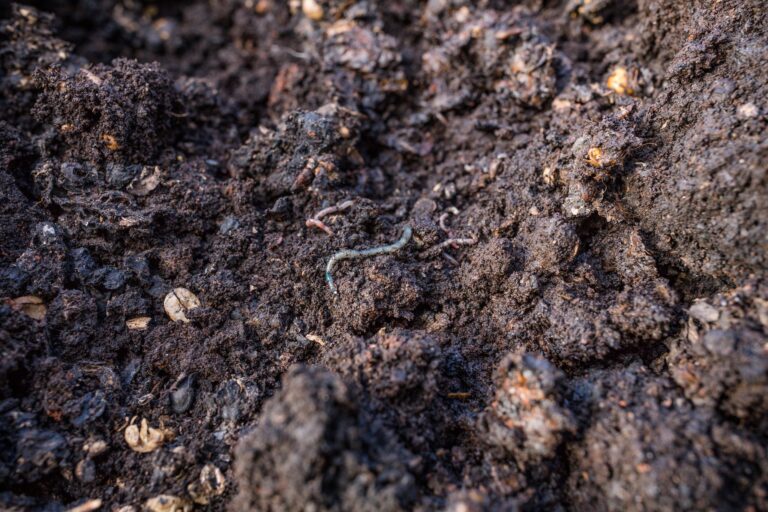In the hustle and bustle of our daily lives, it’s easy to overlook the potential hidden within our kitchen waste. It’s like a secret garden waiting to be discovered, where banana peels and coffee grounds transform into rich, dark soil teeming with nutrients.
But how does one unlock this hidden treasure? Well, let me tell you, it’s simpler than you might think. With a few basic steps, a sprinkle of patience, and a dash of know-how, I’ve uncovered the art of making compost from kitchen waste.
So, if you’re curious about how to turn your food scraps into black gold, stick around because I’m about to share my secrets.
Collecting Kitchen Scraps
I prefer using a small compost bucket to collect my kitchen scraps. Collecting kitchen scraps is a crucial step in the composting process, as it helps to reduce waste and create nutrient-rich compost for my garden. There are various composting methods available, but I find that using a small bucket is the most convenient and efficient way to gather my kitchen scraps.
Composting benefits both the environment and my garden. By composting kitchen scraps, I’m diverting organic waste from landfills, reducing methane emissions, and minimizing my ecological footprint. Additionally, composting helps to enrich the soil and improve its structure, making it more fertile for plant growth.
To collect my kitchen scraps, I keep a small compost bucket on my kitchen countertop. This bucket is specifically designed for composting and has a tight-fitting lid to prevent odors and keep pests away. It’s important to choose a bucket that’s made from a durable material, such as stainless steel or plastic, to ensure its longevity.
I place a compostable liner in the bucket to make cleaning easier and prevent any leakage. This liner is made from biodegradable materials and can be easily composted along with the kitchen scraps. When the bucket is full, I transfer the contents to my outdoor compost bin or pile, where the decomposition process continues.
Collecting kitchen scraps using a small compost bucket is a simple yet effective way to contribute to the composting process and reap the benefits of nutrient-rich compost for my garden.
Choosing the Right Composting Container
When choosing a composting container, it is important to consider factors such as size, material, and functionality. The right container can greatly contribute to the success of your composting process. Here are some key points to consider:
When selecting a composting container, several considerations come into play. Firstly, it’s essential to choose a container that aligns with the available space and meets your specific composting needs. The material of the container is crucial, with durability and insulation being key factors to ponder.
Opting for a material that withstands the rigors of composting and provides adequate insulation ensures a more effective composting process. Additionally, ease of use and maintenance should not be overlooked, as these aspects contribute to a seamless composting experience.
As for size, a larger container has its merits, allowing for more composting material and facilitating better heat retention, thereby promoting optimal decomposition. Ultimately, the choice of a composting container should strike a balance between available space, material durability, insulation, and the practicalities of use and maintenance.
When composting indoors, there are additional benefits to consider. Indoor composting allows you to reduce waste, improve soil quality, and save money on fertilizers. It also provides an opportunity to compost with worms, also known as vermicomposting. Vermicomposting is a beginner-friendly method that utilizes specific types of worms, such as red wigglers, to break down organic waste into nutrient-rich compost.
It is a great option for those with limited outdoor space or those who want to compost year-round. By providing the right conditions for the worms, such as a suitable container and proper feeding, you can successfully compost kitchen waste indoors while minimizing odors and pests. The resulting compost can then be used to nourish your indoor plants or transferred to outdoor gardens.
Layering the Compost Pile
After selecting the appropriate composting container, the next step in the composting process is to properly layer the compost pile. Layering is crucial for creating a healthy and efficient compost pile. Here are some key tips to consider when layering your compost pile:
- Start with a layer of carbon-rich materials such as dry leaves or straw. This provides a good base for the pile and helps with aeration.
- Add a layer of nitrogen-rich materials like kitchen scraps or fresh grass clippings. These materials provide the necessary nutrients for decomposition.
- Alternate layers of carbon and nitrogen-rich materials to create a balanced environment for decomposition.
- Maintain a moisture level of around 50-60% in the compost pile. This can be achieved by watering the pile periodically or covering it during rainy periods.
- Turn the compost pile regularly to ensure proper aeration and decomposition.
Layering the compost pile not only helps in the decomposition process but also has several benefits. It helps to control odors, prevent pests, and speed up the breakdown of organic matter.
However, sometimes issues may arise with compost piles, such as unpleasant odors or slow decomposition. Troubleshooting compost piles involves adjusting the carbon-nitrogen ratio, moisture levels, and turning the pile more frequently.
Maintaining the Compost
To maintain the compost pile, it’s important to monitor its moisture levels, carbon-nitrogen ratio, and regularly turn the pile for proper aeration and decomposition. Maintaining the right moisture level is crucial to prevent compost odor and ensure efficient decomposition.
The ideal moisture level should be around 50-60%. If the pile becomes too dry, it may slow down the decomposition process. On the other hand, if it becomes too wet, it can lead to a smelly, anaerobic environment. To troubleshoot common composting problems related to moisture, one can add water to dry piles or turn the pile to increase aeration for wet piles.
The carbon-nitrogen ratio, also known as the C/N ratio, is another crucial factor in maintaining the compost pile. The optimal ratio should be around 30:1, with carbon-rich materials such as leaves, straw, and cardboard providing the carbon, and nitrogen-rich materials such as kitchen scraps and grass clippings providing the nitrogen.
Troubleshooting composting problems related to the C/N ratio involves adjusting the materials added to the pile. If the pile isn’t decomposing properly, it may indicate an imbalance in the C/N ratio. Adding more nitrogen-rich materials or carbon-rich materials can help correct the ratio and promote decomposition.
Regularly turning the compost pile is important for proper aeration and decomposition. Turning the pile every 1-2 weeks helps to mix the materials and expose them to oxygen, which is necessary for the composting process. Turning also helps prevent compacting and allows for better moisture distribution.
Troubleshooting composting problems related to aeration involves ensuring that the pile is turned regularly and not too compacted. If the compost pile isn’t decomposing, it may indicate a lack of oxygen. In such cases, turning the pile more frequently or adding bulking materials like straw can help improve aeration and promote decomposition.
Harvesting and Using Your Finished Compost
Harvesting and utilizing the finished compost is a crucial step in the composting process that allows for the beneficial transformation of organic waste into nutrient-rich soil amendment. Once your compost has reached a dark, crumbly consistency and has a pleasant earthy smell, it’s ready to be harvested and used in your garden.
Here are some key steps and tips to help you make the most of your finished compost:
- Prepare your garden beds: Before using the compost, prepare your garden beds by removing any weeds or debris. Loosen the soil to provide a good base for the compost.
- Apply compost as a top dressing: Spread a layer of compost over the soil surface in your garden beds. This will help improve soil structure, retain moisture, and provide essential nutrients to your plants.
- Mix compost with potting soil: If you’re starting seeds or potting plants, mix compost with potting soil to create a nutrient-rich growing medium. This will give your plants a healthy start and promote strong root development.
- Troubleshoot common composting problems: If your compost has any unpleasant odors, it may be too wet or lack oxygen. Mix in dry materials like straw or leaves to balance the moisture content. If your compost isn’t breaking down, it may need more nitrogen-rich materials like grass clippings or kitchen scraps.
- Store excess compost: If you have more compost than you can use immediately, store it in a covered bin or pile to prevent it from drying out or losing nutrients.
Conclusion
In conclusion, creating compost from kitchen waste is a simple and effective way to reduce waste and enhance soil health.
By following the steps of collecting kitchen scraps, choosing the right composting container, layering the compost pile, maintaining it properly, and harvesting the finished compost, anyone can contribute to a more sustainable lifestyle.
With a little effort and dedication, this research-based process can provide nutrient-rich compost that can be used to nourish gardens and plants.





